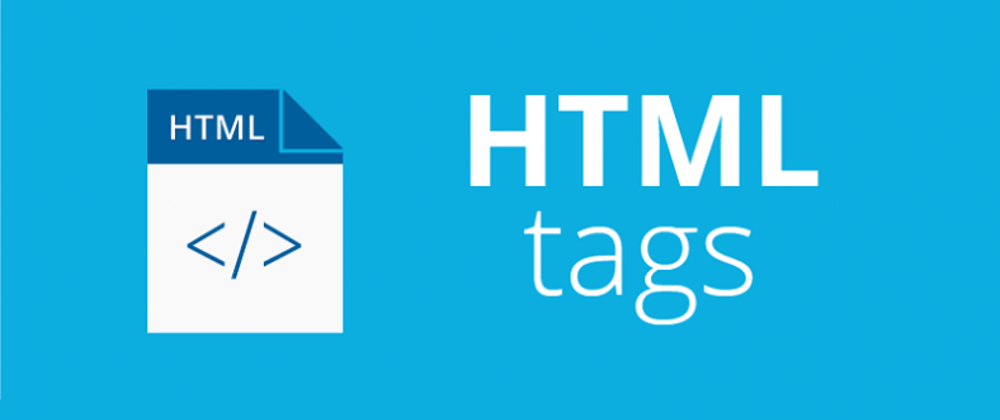It represents the root (top-level element) of an HTML document, so it is also referred to as the root element.
Is the container for all other HTML elements so they must be descendants of this element (except for the <!DOCTYPE> tag). It can contain one <head> element followed by one <body> element.
The start tag may be omitted if the first thing inside the <html> element is not a comment. The end tag may be omitted if the <html> element is not immediately followed by a comment.
It has and xmlns attribute to specify the XML Namespace of the document. Default value is "http://www.w3.org/1999/xhtml". This is required in documents parsed with XML parsers, and optional in text/html documents.
Providing a lang attribute with a valid language tag according to BCP 47 on the <html> element will help screen reading technology determine the proper language to announce. The identifying language tag should describe the language used by the majority of the content of the page. Without it, screen readers will typically default to the operating system's set language, which may cause mispronunciations.
Including a valid lang declaration on the <html> element also ensures that important metadata contained in the page's <head>, such as the page's <title>, are also announced properly.
- Type: block
- Self-closing: No
- Semantic value: No







Latest comments (0)